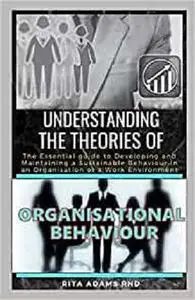
The study of human behaviour in an organizational setting is known as organizational behaviour theory. This means that organizational behaviour enquires into why people act the way they do in the workplace. Organizational behaviour theory arose from classical management theories such as Frederick W. Taylor’s in the early twentieth century. Taylor is often referred to as the “Father of Scientific Management.” He believed in decreasing conflict, simplifying chores, encouraging cooperation, enhancing output, and developing employees to their full potential. Following Taylor’s work, other scholars began investigating the impact of humanistic ideals on organizational behaviour and how these values translate into action and productivity in the late 1940s and 1950s.
To put it another way, scholars began to focus more on the significance of human experience in the workplace and how it affects how an organization runs, handles change, and develops. Kurt Lewin, a social scientist, made significant contributions to organizational behaviour theory by incorporating these new views about the relevance of human behaviour in the workplace. Lewin was instrumental in the establishment of the National Training Laboratories (NTL), which was the forerunner of T-groups. T-groups are essentially a learning laboratory designed to help people grasp the meaning and implications of their own and others’ actions. This book talks more about the things that should matter in a work environment and behaviours that promote team spirit and oneness to be able to attain the organizational goal. So, your objective is building a workable and success driven workspace this book is for you.
DOWNLOAD LINK